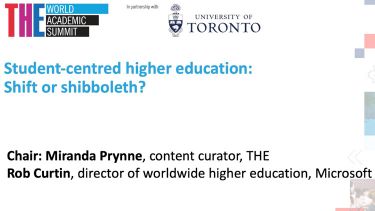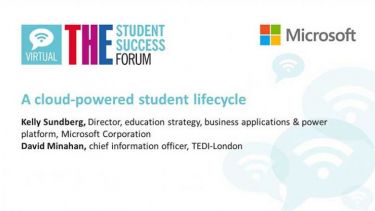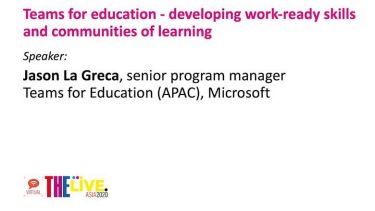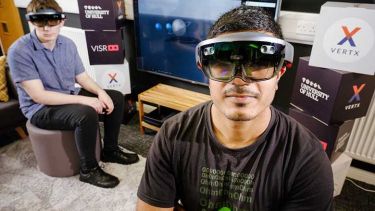As higher education faces a transformation in teaching and learning, industry partners can help empower students and institutions
Hybrid, or blended, learning is “here to stay”, and universities should take advantage of technology to manage the transition and thrive in the new teaching environment.
Speaking at the Times Higher Education Digital Transformation Forum 2020 session “Teaching and learning: Transformed hybrid, multi-modal learning in higher education”, Elisaveta Nojkovska, a Microsoft industry executive for higher education, argued that hybrid learning offered a “holistic, reimagined learning experience”.
“Hybrid learning is here to stay. Even as students begin returning to campus, the blend of remote and in-person education will be crucial for the future,” she said. “It is not a temporary response to a crisis; it is the new normal for education, and it’s the path universities must follow to succeed in the future.”
Nojkovska told the forum that 61 per cent of education leaders expect full hybrid learning and 87 per cent expect to use technology more than before. As part of Microsoft’s vision to “empower every student and every institution on the planet to achieve more”, the company has more than 150 million students, faculty and teachers using Microsoft Education products worldwide.
Microsoft Office 365 A1 with Microsoft Teams, for example, is available to universities for free, offering tools including the ability to host live events for up to 20,000 users.
“Now that education is shifting into the long-term reality of hybrid learning, we want to help you build a foundation to help all students succeed,” said Nojkovska.
Watch “Teaching and learning: Transformed hybrid, multi-modal learning in higher education” in the link above or on the THE YouTube channel.
Find out more about Microsoft and higher education.









